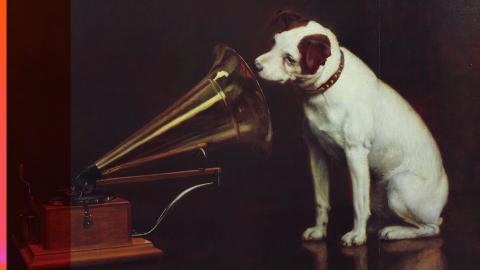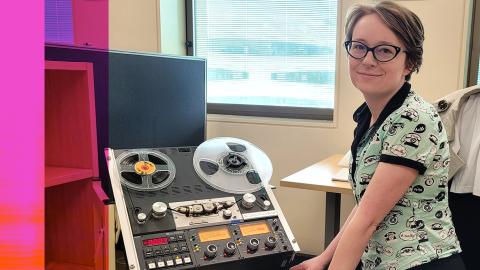The early years of radio were an exciting but tumultuous time – against the backdrop of The Great Depression and war, Australians were pioneers in this new electronic technology for the home. These excerpts from Professor Bridget Griffen-Foley’s interview for the new podcast Who Listens to the Radio? outline nine essential moments to know from New Waves: 1923 to 1935.
This feature is part of the NFSA's Radio 100 celebrations.
By Bridget Griffin-Foley




